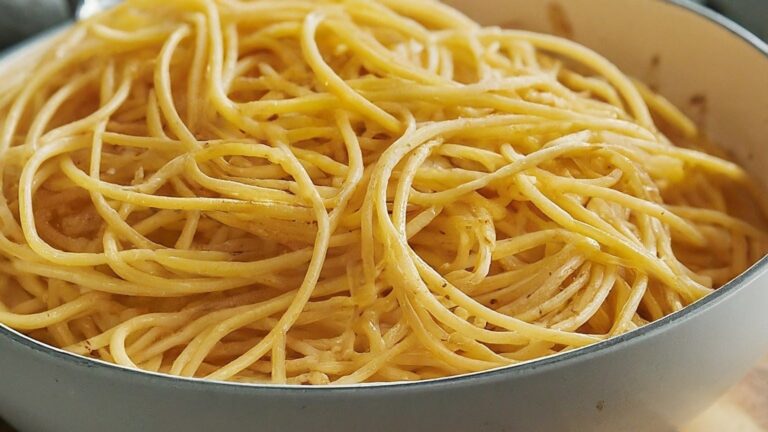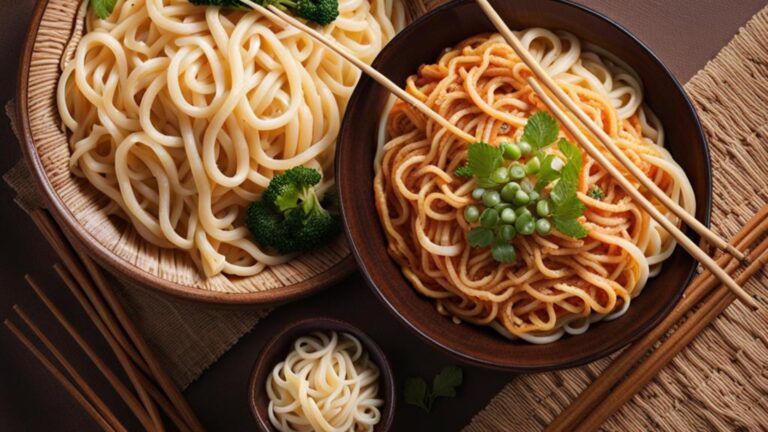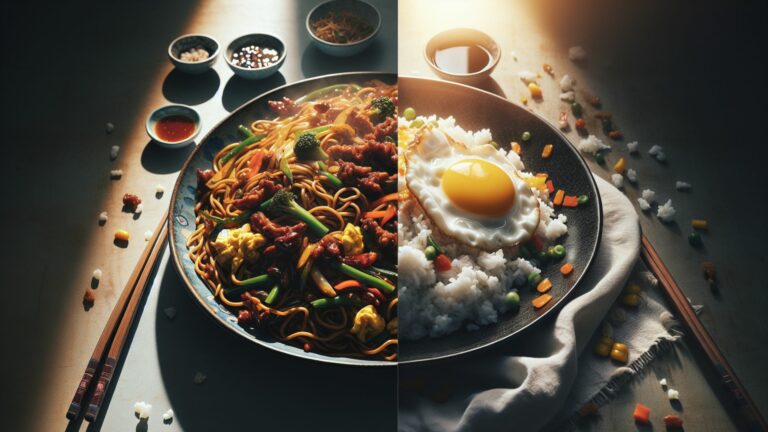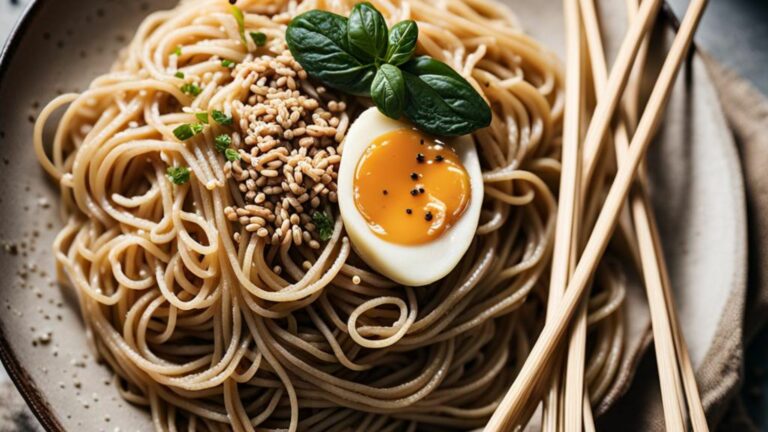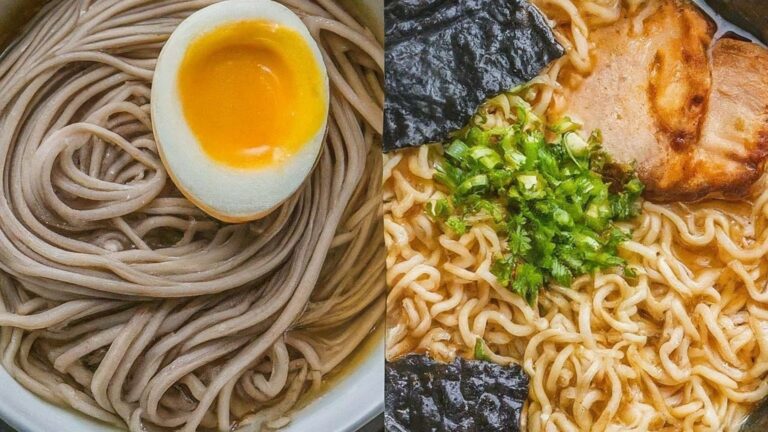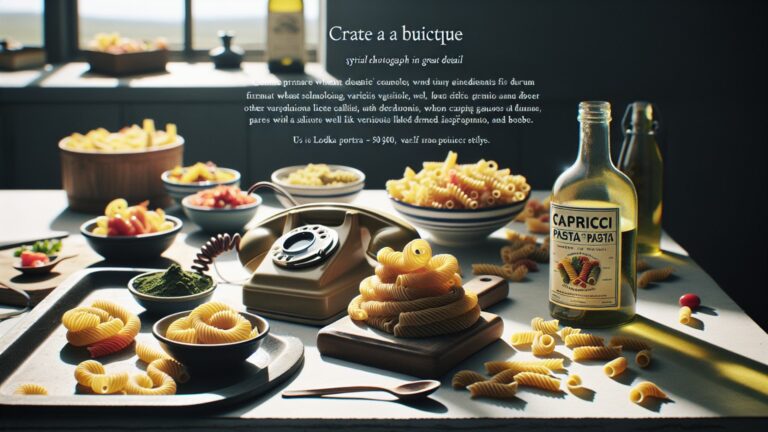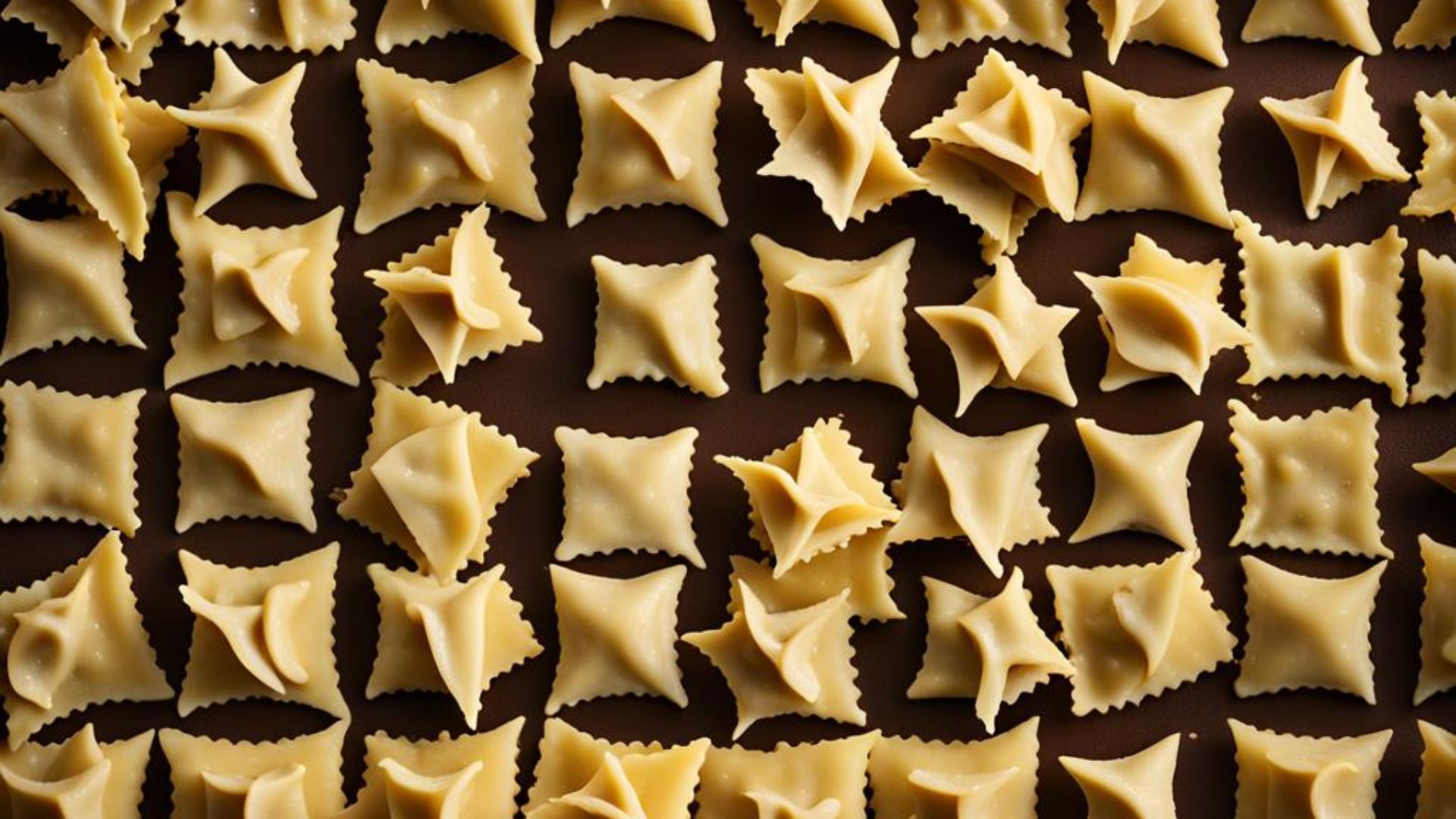
In the group of filled pasta, Agnolotti and ravioli are two popular names. Both may seem similar, but several key differences make them unique.
If you want to gather your knowledge on pasta, you must clearly understand the differences between these two kinds of pasta.
So, what exactly distinguishes agnolotti from ravioli? The shape is the main thing that makes one different from another. Agnolotti is half-moon shaped; on the other hand, ravioli is usually square or circular.
Agnolotti is filled with ground meat, vegetables, and cheese, while ravioli is filled with cheese, meat, or vegetables.
Some more differences are discussed in the article. The differences between agnolotti and ravioli can help you appreciate the nuances of these two classic dishes.
We will also discuss the similarity and many more queries about these two. So, let’s dive in and explore what makes agnolotti and ravioli so special!
An Overview of Agnolotti vs Ravioli
The detailed discussion will help you find all the differences in detail. But the table below will give you a brief overview of the main differences.
So, let’s see the table below.
| Feature | Agnolotti | Ravioli |
| Shape | Half-moon | Square or circular |
| Filling | Ground meat, vegetables, and cheese | Cheese, meat, or vegetables |
| Origin | Piedmont region of Italy | Various regions of Italy |
| Dough | Typically made with flour and eggs | Typically made with flour and eggs |
| Preparation | Rolled out thinly, filled, and shaped | Rolled out thinly, filled, and shaped |
| Serving | Often served with a sauce or broth | Often served with a sauce |
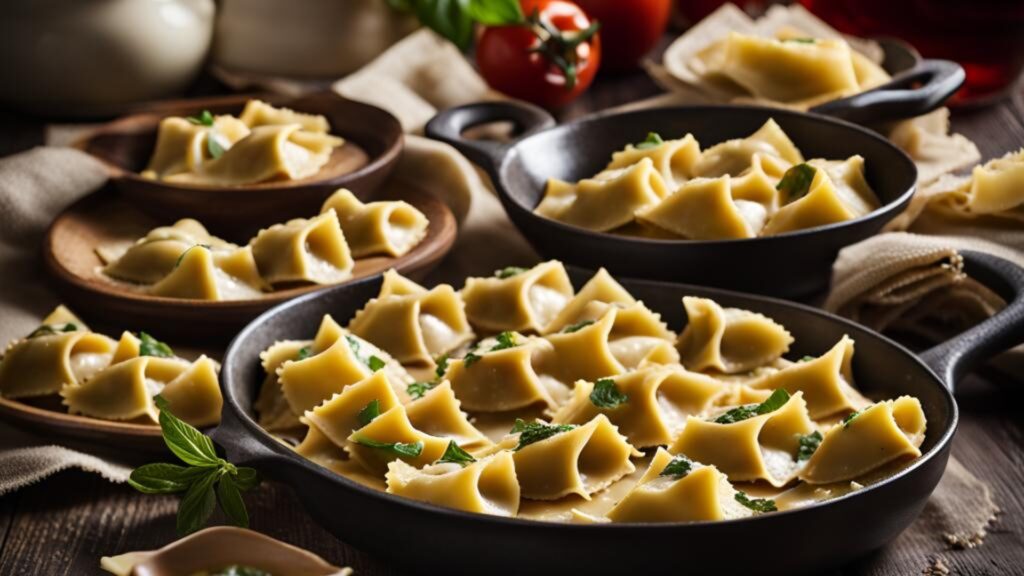
Detailed Differences Between Agnolotti and Ravioli
We have already found the sectors of differences between these two filled pastas. But knowing them in detail is essential to understand the differences properly. Let’s see the differences between them in detail.
Shape Differences
Look at the image before we talk about their differences. What can you find? Agnolotti is a half-moon-shaped pasta, but ravioli’s shape is usually square or circular. They get this feature while making.
Agnolotti is made by cutting circles of pasta dough. On the other hand, Ravioli is made by placing a layer of filling on top of a sheet of pasta dough.
To know the full-making process, you may follow the following recipe.
Filling Differences
As both are filled with pasta, filling creates big differences between them. So, we can’t avoid this feature in the discussion of Agnolotti vs Ravioli. Ground meat, vegetables, and cheese are generally the main filling for Agnolotti.
In the case of meat, roasted beef, pork, and veal, along with vegetables like carrots, celery, and onion, and cheese like Parmigiano-Reggiano are the main.
On the other hand, Ravioli can be filled with various ingredients, including cheese, meat, vegetables, and seafood. So, these are the interesting differences between them.
Differences in Origin
This is not a difference. Rather, we can say similarity. Agnolotti and Ravioli both originated in Italy. But the actual location is different.
The Piedmont region of Italy is the motherland of Agnolotti. Ravioli has no specific location of origin, and it can be found in various regions throughout the country.
Dough Differences
The dough used for this pasta is vital in the making process and taste. So we also need to know about them too.
Both Agnolotti and Ravioli dough is made with flour and eggs. But may also contain water and olive oil for the latter one. After making the dough, both types of pasta are typically rolled out thinly before being filled and shaped.
Preparation Process
This needs a detailed discussion to let you know, but that is impossible here. Agnolotti is made by cutting circles of pasta dough, filling them, folding them in half, and then pinching the edges together to create a crescent shape.
Ravioli is made by placing a layer of filling on top of a sheet of pasta dough, placing another sheet of dough on top, and then cutting the pasta into square or circular shapes.
Both types of pasta are typically boiled in salted water before being served. Here is another recipe video for your further help.
Differences In Serving
This is completely a personalized feature of both kinds of pasta. This varies from person to person. Agnolotti is often served with a sauce or broth.
For example, a meat-based rag? or a light vegetable broth. Ravioli is also commonly served with a sauce. But here, the sauces are mainly tomato-based or creamy Alfredo sauces.
Agnolotti vs Ravioli Taste
Let’s discuss the taste differences in detail. The taste of agnolotti and ravioli can vary depending on the recipe and ingredients. However, for the ground meat, vegetables, and cheese, Agnolotti gets a savory, meaty taste.
Its filling takes center stage in terms of taste because of the thin dough. So, if the filling is tasty, agnolotti will be tasty.
Ravioli is also the same. Ravioli is normally filled with cheese, meat, vegetables, and seafood, so the taste is the same as theirs.
This means that the flavor of ravioli can vary widely depending on the specific filling used. We can say this is a similarity.
Similarities Between Agnolotti and Ravioli
While there are differences between Agnolotti and ravioli, there are also several similarities between the two types of pasta.
You must know about them too to have complete knowledge of these two kinds of pasta.
- Dough: Both agnolotti and ravioli are made from fresh pasta dough that typically consists of flour and eggs. So, this is a similarity.
- Filling: Both pasta are filled with a similar mixture of ingredients. We already know what ingredients are used to fill them.
- Cooking method: The cooking methods of agnolotti and ravioli are the same. They are typically cooked by boiling in salted water until tender and cooked through.
- Serving method: Both types of pasta are served with a sauce. The sauce can be tomato-based or cream.
- Origin: Both types of pasta have the same origin. That is Italy. This can be said to be the similarity.
Conclusion
In this comparison-based discussion, we have explored the differences and similarities between agnolotti and ravioli, two classic types of Italian pasta.
We have also discussed each pasta’s shape, filling, taste, texture, nutritional content, and the sauces typically served.
If you think this was a helpful discussion, then our effort will gain some results. There are more discussions on this site about different pasta and noodles. You may read them, too. Thanks for reading.

